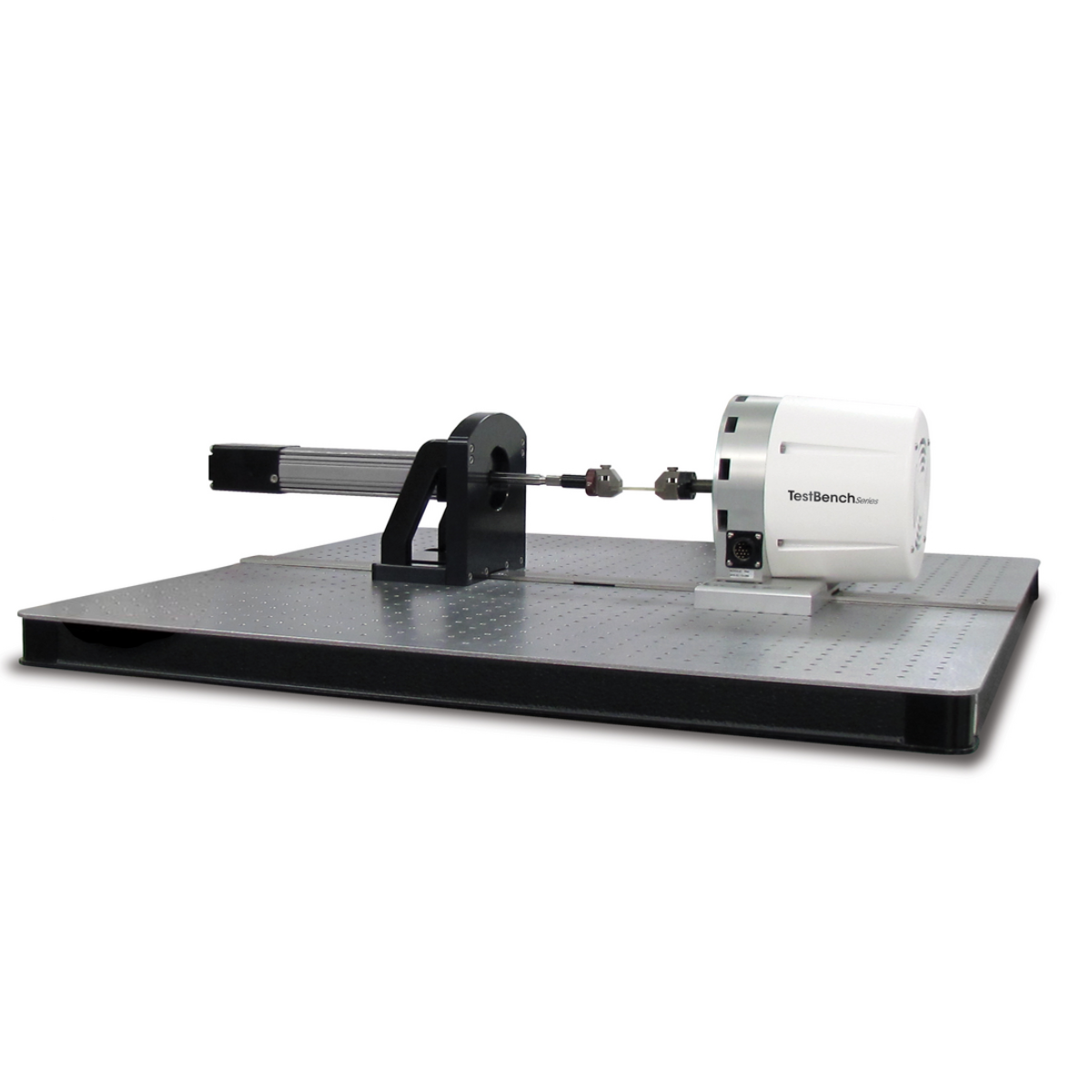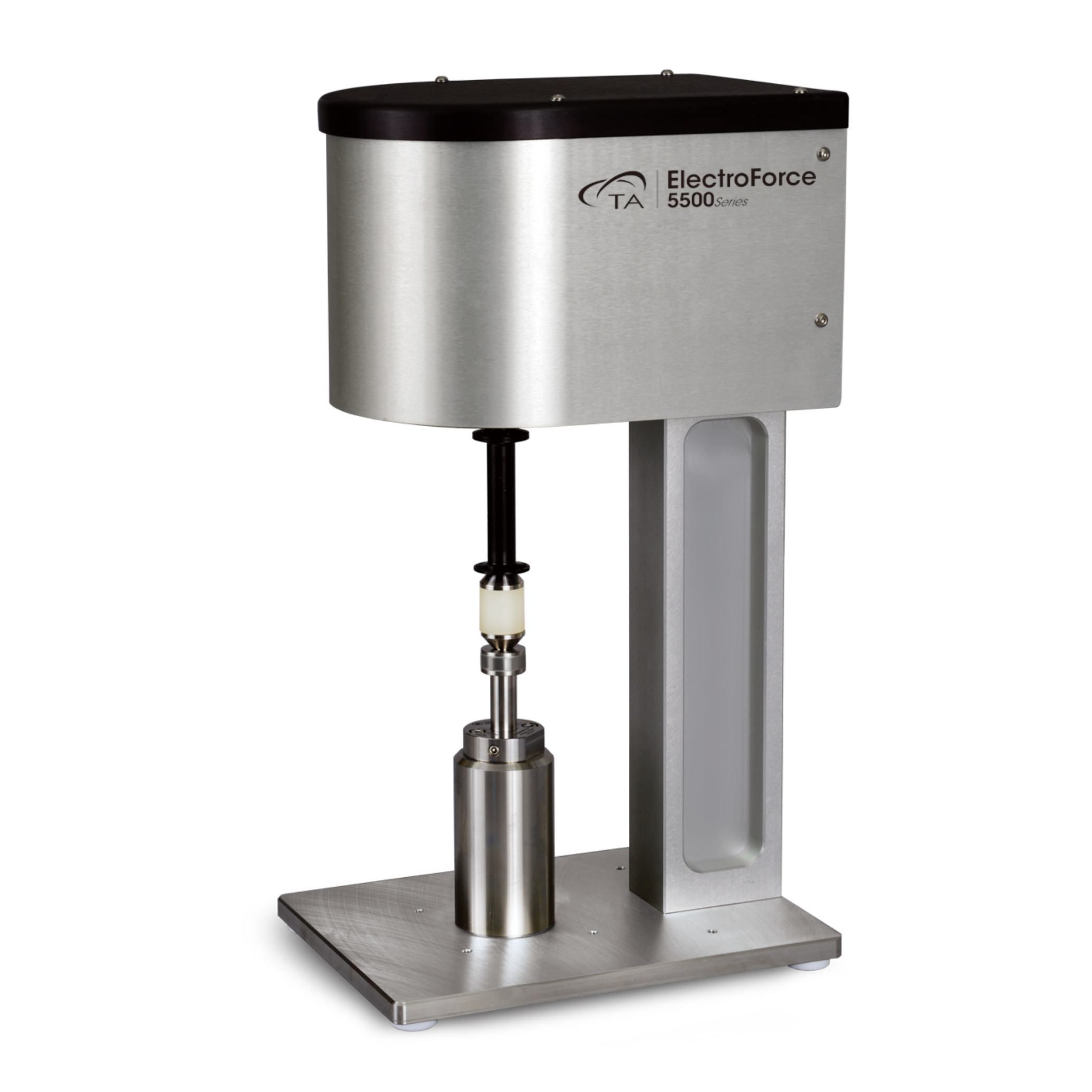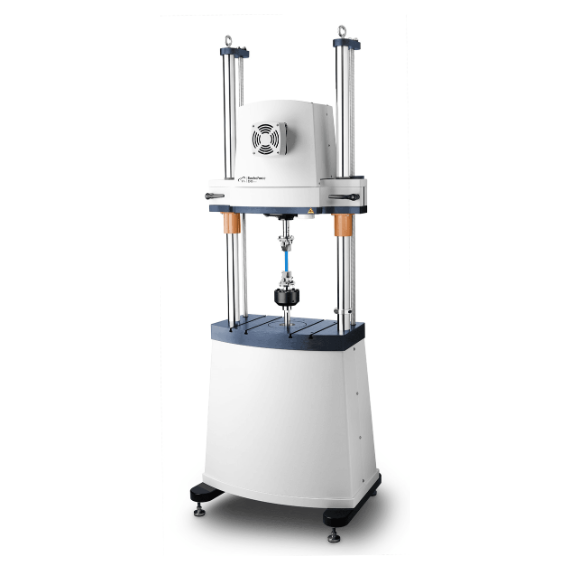锤子
简介:
Modulated DSC (MDSC) can be easily understood by comparing it to its well-established precursor, differential scanning calorimetry (DSC). Conventional DSC is an analytical technique in which the difference in heat flow between a sample and an inert reference is measured as a function of time and temperature as both the sample and reference are subjected to a controlled environment of time, temperature, atmosphere and pressure. The schematic of a typical “heat flux” DSC cell is shown in Figure 1. In this design, a metallic disk (made of constantan alloy) is the primary means of heat transfer to and from the sample and reference. The sample, contained in a metal pan, and the reference (an empty pan) sit on raised platforms formed in the constantan disk. As heat is transferred through the disk, the differential heat flow to the sample and reference is measured by area thermocouples formed by the junction of the constantan disk and chromel wafers which cover the underside of the platforms. Chromel and alumel wires attached to the chromel wafers form thermocouples which directly measure sample temperature. Purge gas is admitted to the sample chamber through an orifice in the heating block wall midway between the raised platforms. The gas is preheated by circulation through the block before entering the sample chamber. The result is a uniform, stable thermal environment which assures excellent baseline flatness and exceptional sensitivity (signal-to-noise). In conventional DSC, the temperature regime seen by the sample and reference is linear heating or cooling at rates from as fast as 200°C/minute to rates as slow as 0°C/minute (isothermal).
打开失败或需在电脑查看,请在电脑上的资料中心栏目,点击"我的下载"。建议使用手机自带浏览器。
相关产品更多>>
下载该资料的还下载了
推荐学习更多>>
- 注意:
- 1、下载文件需消耗流量,最好在wifi的环境中下载,如果使用3G、4G下载,请注意文件大小。
- 2、下载的文件一般是pdf、word文件,下载后如不能直接浏览,可到应用商店中下载相应的阅读器APP。
- 3、下载的文件如需解压缩,如果手机没有安装解压缩软件,可到应用商店中下载相应的解压缩APP。



































